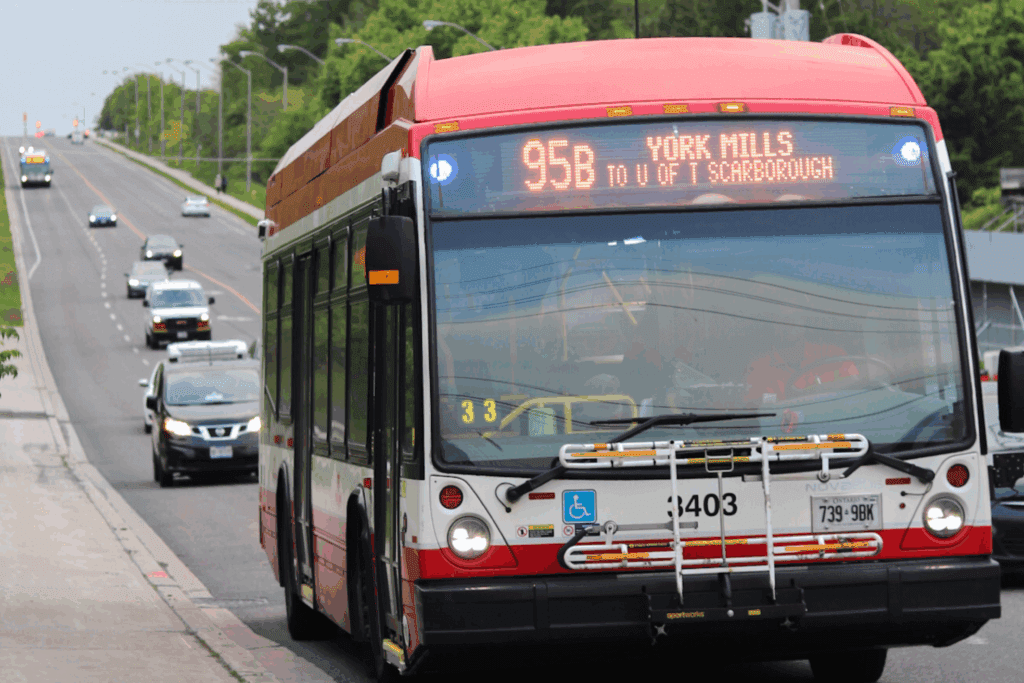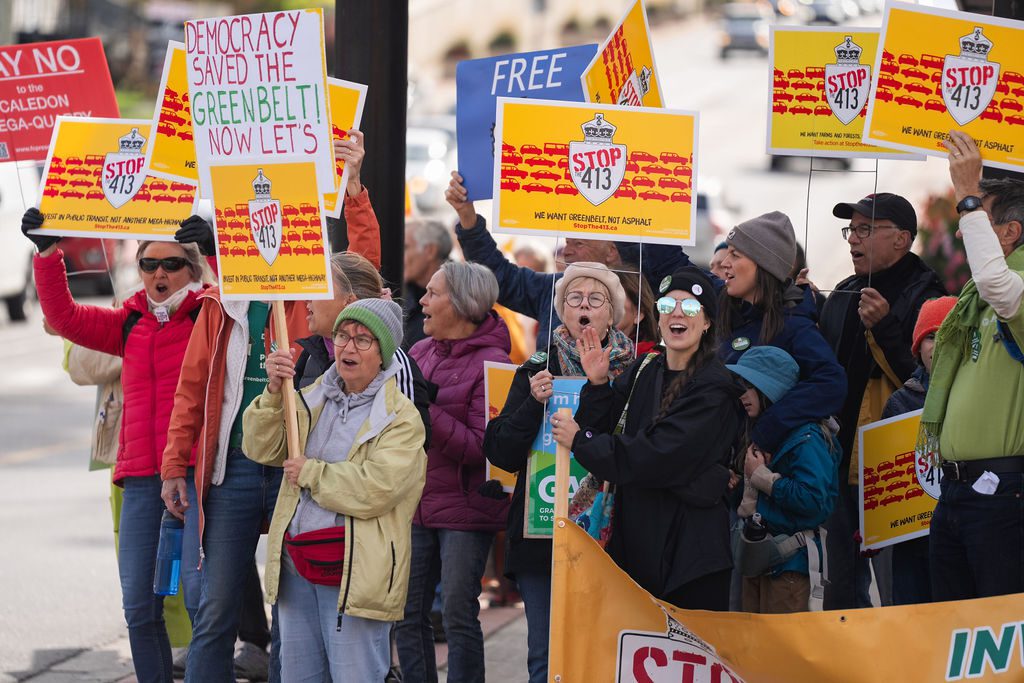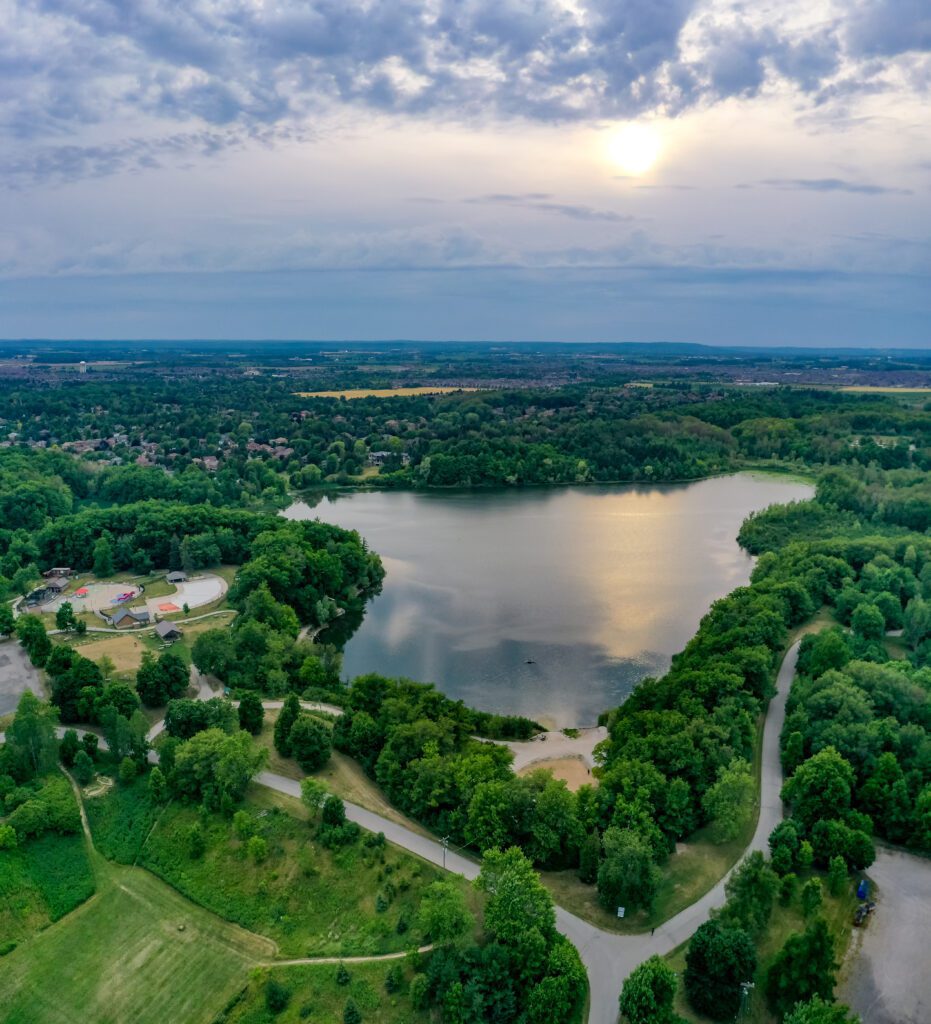This is a guest blog by Brendon Samuels. He is a PhD candidate in the Department of Biology at Western University where he studies solutions for bird conservation. Brendon uses community science tools to monitor human impacts on wildlife and inform recommendations for land use planning and policies aimed at protecting biodiversity. Brendon organizes litter cleanups in London, Ontario and is interested in public education about strategies to prevent litter and water pollution.
The Ontario government is moving forward with plans to consider approving a landfill right beside a tributary of the Sydenham river, despite strong pushback from the local community and the municipal council of Chatham-Kent. Opponents are concerned about the risk of profound negative impacts to the environment and Species at Risk downstream.
The Sydenham river has two main branches: the North Sydenham and the East Sydenham. The proposed landfill site is located meters away from Molly’s Creek, a naturally-fed, spring-origin creek that flows through the community of Dresden and drains into the East Sydenham.
Concern: Species at risk
Approving a landfill right beside a sensitive freshwater river carries many risks. The Sydenham river is the only major watershed that lies within the Carolinian Life Zone and is home to a significant amount of biodiversity that occurs nowhere else on earth. At least 80 species of fish and 34 species of freshwater mussels are found in the Sydenham watershed. The river contains habitat for at least 20 species of fish, mussels, and reptiles that are listed nationally or provincially as species at risk. The Salamander mussel is a species of global conservation concern whose only remaining known population in Canada occurs in the East Sydenham downstream from the proposed landfill site.

All eight of Ontario’s native turtles are listed as species at risk. This means that without changes to conservation management and protection of their habitat, turtles could disappear from the province forever. Five species of turtle live in the Sydenham river:
- Blanding’s Turtle
- Midland Painted Turtle
- Northern Map Turtle
- Snapping Turtle
- Eastern Spiny Softshell

The situation for snakes isn’t much better. The Sydenham flows through habitat for Eastern Foxsnake, Eastern Hog-nosed Snake and Eastern Milksnake, all of which are at risk of being affected by the landfill and contamination of the surrounding landscape, including their prey.
Concern: Toxic waste
The landfill would receive all kinds of waste, including organic waste, blue box recycling and up to 500 tonnes of asbestos per day, much of which will be transported in from the Greater Toronto Area. However, what enters a landfill doesn’t necessarily remain there. When rainwater mixes with decomposing garbage in landfills, it forms a mixture of contaminants known as leachate that is extremely toxic to aquatic species as well as animals that consume those species. Leachate can seep into the surrounding soil, lacing groundwater with bacteria, viruses, heavy metals, excess nutrients, and whatever other toxic compounds are deposited (without screening) into the landfill. Contaminated groundwater can eventually reach aquifers and flow into larger bodies of water. The Sydenham river drains into Lake St. Clair just 35 kilometers to the west, which is already burdened with major pollution problems.
Concern: Air pollution
The landfill will also create air pollution and odours that will be noticeable through the surrounding area and the neighbouring agricultural community of Dresden. When organic matter breaks down in the landfill, it releases methane – a greenhouse gas that is 21 times more potent than carbon dioxide and a major contributor to global warming. Additionally, York1 Environmental indicated in their application to the province that up to 700 diesel-powered trucks could roll up to the gates of the proposed landfill site each day.
Community members are saying no!
Community members in Chatham-Kent are voicing their opposition to this landfill. Candidates from across party lines in the upcoming Lambton-Kent–Middlesex by-election expressed solidarity with the local community, echoing frustrations that the province is bypassing consultation and overriding the will of the municipal government.
In response to public pressure, the Minister of Environment, Conservation and Parks, Andrea Khanjin, recently announced the landfill project will undergo a full environmental assessment. However, no matter what the assessment recommends, allowing this project to go ahead will entail risks of pollution that cannot be completely mitigated. This landfill is simply the wrong project for such a sensitive site. The only path forward is to cancel the project.
What can you do to help?
Document biodiversity in the environment using a community science platform like iNaturalist, so the data can then be fed into studies undertaken to inform mitigation plans.








